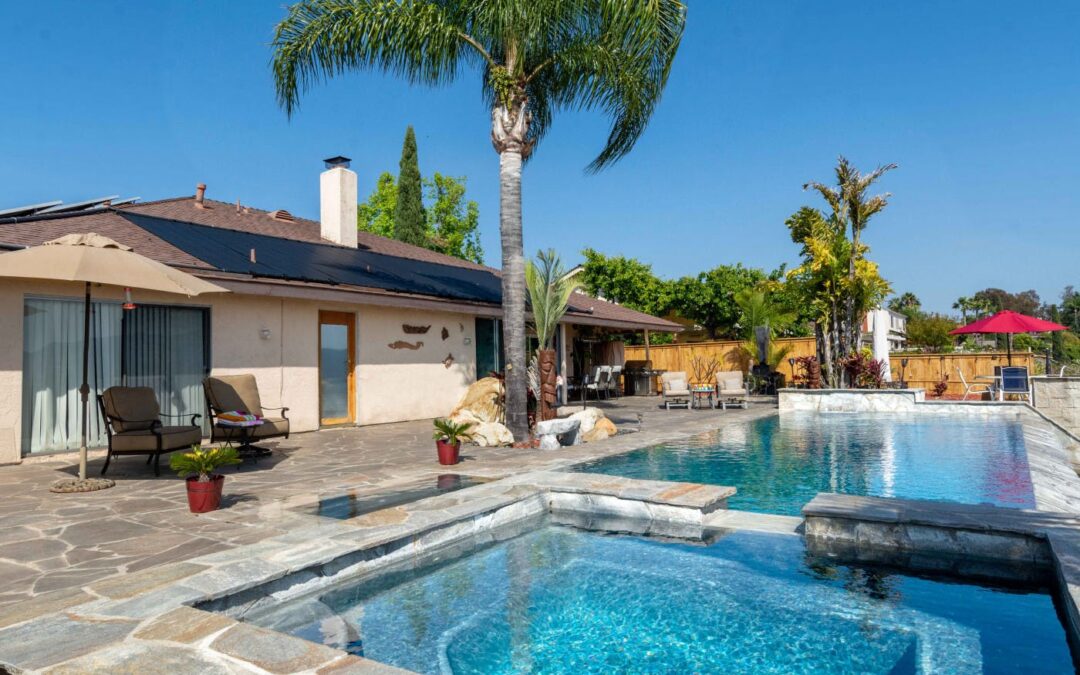Finding a leak in your pool can be a daunting task, especially for new pool owners. However, knowing how to find a leak in a pool is essential for maintaining the health and longevity of your swimming oasis. This guide is designed to help you understand the steps required to detect and handle leaks efficiently.
Swimming pools are a significant investment, and proper maintenance is essential. Leaks can waste water, cause damage, and increase costs. Understanding how to find a leak in a pool will save you time, money, and frustration.

Why Leaks Occur
Understanding why leaks occur is the first step in prevention. Leaks can arise from several causes, including: – Structural damage – Poor plumbing connections – Aging equipment – Environmental factors.
Structural Damage
Structural damage is often the result of ground movement, a common issue in many regions. Foundations may shift, causing cracks in the pool structure, which can lead to leaks.
Poor Plumbing Connections
Poor plumbing connections are also culprits for leaks. Over time, connections can degrade or become loose, leading to water loss.
Aging Equipment
Aging equipment, such as pumps and filters, may not function as efficiently over time, leading to potential leaks.
Environmental Factors
Environmental factors such as ground movement and weather changes can also contribute to leaks, particularly in regions prone to earthquakes or with temperature fluctuations.
Signs of a Pool Leak
Before you begin the leak detection process, identify signs that point to a potential leak.
Water Loss
Water loss is the most noticeable sign of a pool leak. If you’re refilling your pool more than once a week, you likely have a leak.
Increased Chemical Usage
If you find yourself using more chemicals to maintain balance, you may have a leak. Water leaks can affect the pool’s chemical composition.
Wet Spots in the Yard
Unexplained wet spots or sunken areas around the pool could indicate underground leaks.
Initial Inspection
Before consulting a professional, you can perform an initial inspection. Heres where to look:
Performing a Bucket Test
The bucket test is a quick way to confirm if you have a leak. – Fill a bucket with pool water and place it on a step in your pool, ensuring the water level in the bucket is the same as the pools water level. – Mark the water levels inside the bucket and on the outside. – After 24 hours, check whether the pool water level has dropped more than the buckets water level.
Visual Inspection
Inspect the pool’s liner, equipment, and visible plumbing for cracks, tears, or other signs of leaks.
Using Technology for Leak Detection
Technology can now assist pool owners in identifying leaks.
Acoustic Leak Detectors
Acoustic leak detectors use sound technology to detect leaks. These detectors can help identify the location of leaks, even in intricate plumbing systems.
Pressure Testing
Pressure testing involves using pressure gauges to determine if there are leaks in the plumbing system.
Infrared Technology
Infrared technology uses heat-sensitive imaging to find leaks, especially in warmer climates.
Repair Methods
Once the leak is identified, repairs can be straightforward or require professional help.
DIY Repairs
For small leaks, patch kits and sealants can be effective DIY solutions.
Professional Repairs
For larger leaks or complex issues, hiring a professional is advisable. Professionals use advanced tools and have the expertise to ensure repairs are thorough.
Preventive Measures
Preventing leaks is as important as finding and fixing them. Regular maintenance and inspections can prevent future leaks.
Regular Inspection
Regularly inspect the pool, including the liner, plumbing fittings, and equipment, to identify potential issues early.
Balanced Water Chemistry
Maintain balanced water chemistry to minimize wear on the pool’s surfaces and plumbing.
Consulting a Professional
In complex situations where leaks are difficult to locate, consulting a professional can save time and ensure the problem is adequately resolved. WaterX patents offer cutting-edge technology in leak detection.
Choosing the Right Professional
When selecting a professional, consider their experience, reviews, and the technology they use. DripX technology can provide efficient solutions.
Benefits of Detecting Leaks Early
Early detection and repair of pool leaks can save money and prevent extensive water damage to your pool and surrounding areas.
Cost Savings
Finding and repairing leaks early can save on water bills and future repair costs.
Environmental Benefits
Conserving water and preventing chemical pollution are direct environmental benefits of prompt leak detection.
Conclusion
Knowing how to find a leak in a pool is vital for pool maintenance. By using technology and performing regular checks, you can protect your investment. Learn more about maintaining your pool’s value at Bankrate.

FAQ
What tools can help in detecting pool leaks?
Acoustic leak detectors, pressure testing kits, and infrared tools are useful in detecting pool leaks.
Why is my pool losing water?
Possible causes include evaporation, splashing, or leaks in the pool shell or plumbing.
When should I call a professional?
If the leak location is not obvious or involves complex plumbing, consulting a professional is recommended.
This article contains affiliate links. We may earn a commission at no extra cost to you.

